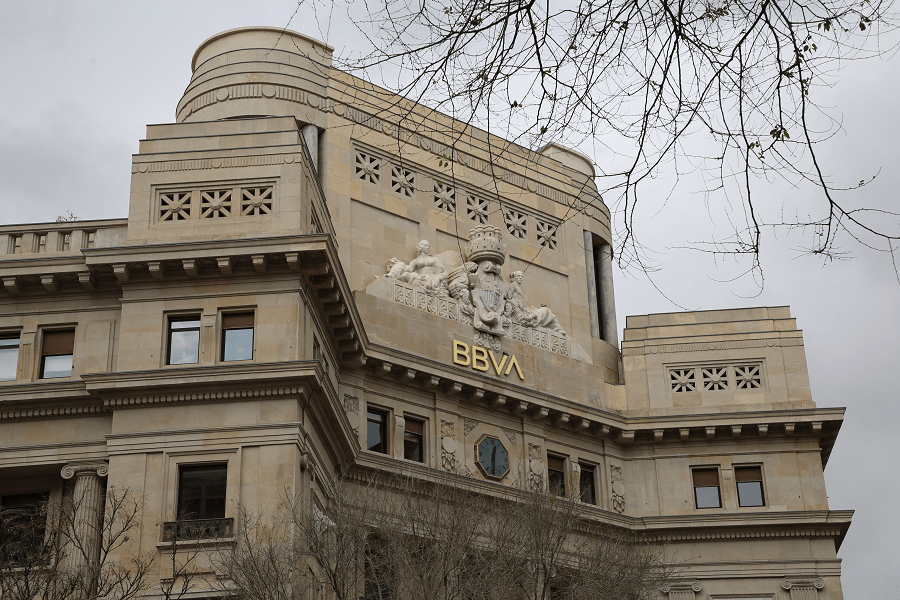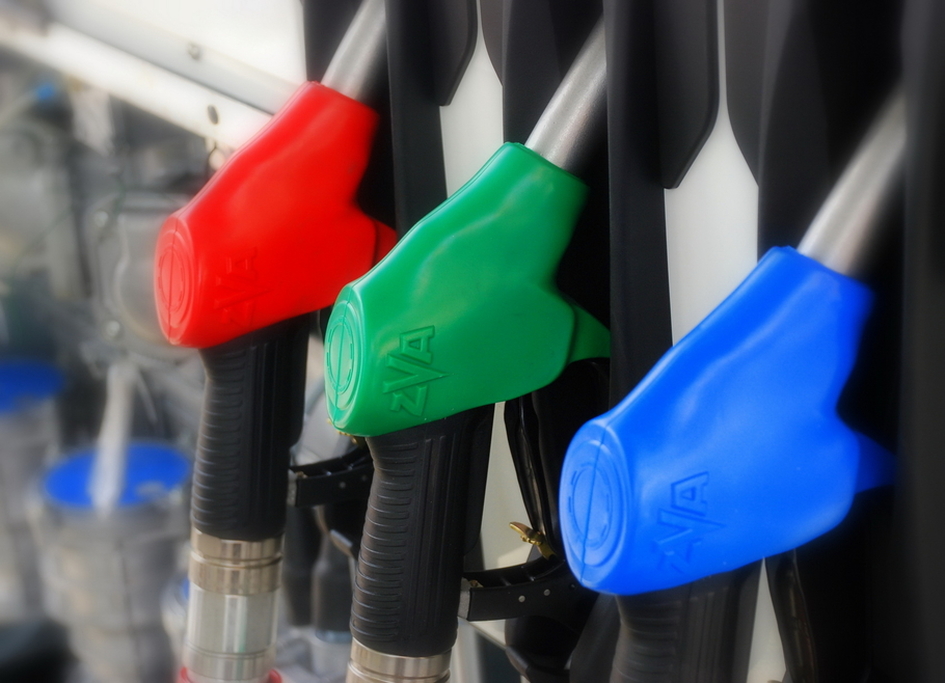Morabanc: Fitch Ratings has affirmed Mora Banc Grup, SA’s (MoraBanc, Andorra) Long-Term Issuer Default Rating (IDR) at ‘BBB-‘ with a Stable Outlook and Viability Rating (VR) at ‘bbb-‘.
KEY RATING DRIVERS
IDRs and VR
Morabanc’s ratings reflect the bank’s well-established domestic franchise, which combined with growing and better performing international private banking business contribute to its earnings resilience, despite the overall small scale of its assets under management (AuM) and market pressures. The ratings also reflect its asset quality, which is better than peers, supported by a tightened risk appetite and conservative capital management to offset a small equity size and concentration risks in a small economy.
The Andorran operating environment is characterised by moderate economic stability and by a strengthening regulatory framework for the financial system that is converging with EU standards. On 1 January 2019, Basel III capital rules were introduced, which should support greater international comparability. Capital will be set aside for operational risk, which was not a requirement under Andorran GAAP.
MoraBanc was the third-largest bank by assets but second largest by AuM in Andorra at end-2018. It provides private, retail and commercial banking services. The bank’s domestic position provides it with some degree of pricing which combined with cost efficiency that is better than peers, supports the resilience of the bank’s domestic profitability.
However, Morabanc lags behind its domestic peers in the scale of its international private banking business, primarily booked in Miami and Switzerland, despite rapid growth in recent years. These accounted for 29% of its total AuM (EUR6.6billion) at end-2018. These operations became marginally profitable in 2018 after a few years of losses as a result of the bank’s growth strategy to attain sufficient scale. Consistent net new money growth will be important in maintaining the bank’s performance and supporting the long-term sustainability of its business model, as MoraBanc moves away from higher-margin offshore business, and competition for onshore AuMs increases.
Our assessment of Morabanc’s asset quality balances the bank’s average loan quality with a significant proportion of cash and liquid assets. MoraBanc’s asset quality has been improving in recent years. Its problem assets (impaired loans and foreclosed assets) ratio of 5.1% at end-2018 was lower than domestic peers, but remains relatively weak by international standards. The implementation of IFRS accounting standards in 2017 significantly contributed to higher reserves, which reached about 81% of impaired loans at end-2018. The bank’s risk profile benefits from the high proportion of cash and central bank deposits on balance sheet, as well as a low-risk investment portfolio, but remains exposed to Andorran concentration risk.
Capital ratios are stronger than domestic peers, with a fully loaded CET 1 ratio of 21.5% at end-2018. This reflects the bank’s conservative capital management to maintain capital ratios well above regulatory requirements. In our view, this partly counterbalances risks from the bank’s small equity base and hence limited capacity to absorb unexpected shocks, including risks arising from the bank’s geographical concentration. Capital encumbrance from unreserved impaired loans and foreclosed assets is not meaningful.
The development of the financial markets in Andorra is limited with the lack of a lender of last resort, among other things. This constrains Andorran banks’ funding and liquidity profiles. However, Morabanc benefits from a large and stable deposit base, which fully funds its loan book. In addition, liquidity is conservatively managed to mitigate the lack of contingent liquidity from a lender of last resort.
SUPPORT RATING AND SUPPORT RATING FLOOR
The bank’s Support Rating of ‘5’ and Support Rating Floor of ‘No Floor’ reflect Fitch’s view of a low probability of the bank receiving extraordinary support from the sovereign if needed. This reflects the current Andorran legislative framework for resolving banks, which is in line with the EU’s Bank Recovery and Resolution Directive.
RATING SENSITIVITIES
IDRs and VR
Upside to the ratings in the medium term is limited, given the bank’s business model with high concentration on the small Andorran economy and a limited, but growing, international private banking franchise. An upgrade would require a significant strengthening of the company profile, which could be reflected in a larger and more profitable international AuM base, and business or geographical diversification.
A material increase in the stock of problem assets, a significant deterioration in capital ratios or sustained AuM outflows that damage the franchise could put negative pressure on the ratings.
SUPPORT RATING AND SUPPORT RATING FLOOR
An upgrade of the SR and upward revision of the SRF of the bank would be contingent on a positive change in the sovereign’s propensity to support it. While not impossible, this is highly unlikely in Fitch’s view.
See also All Andorran banks
See also Andorra business guide











